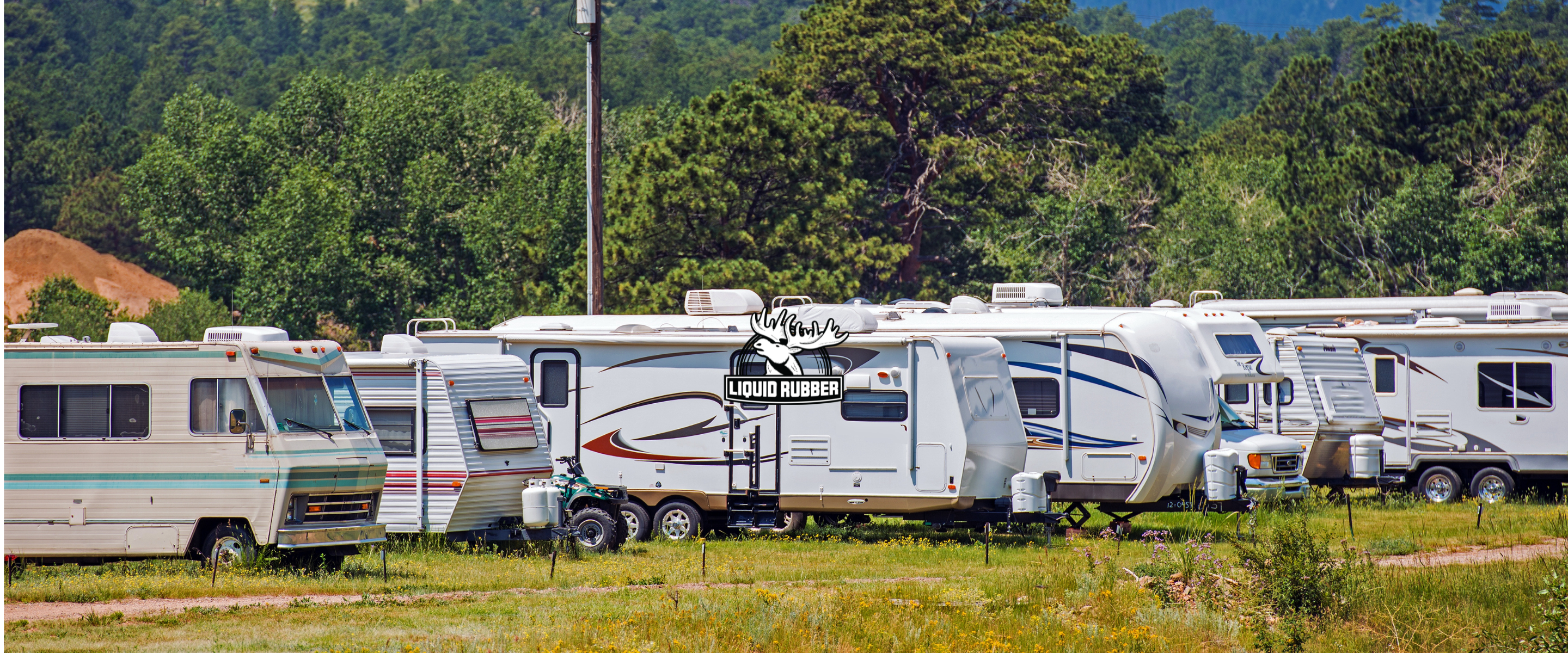A flooded basement is more than just a messy inconvenience; it can also cause significant damage to your home and its foundation, especially if your basement is subject to frequent leaks or you live in an area with lots of precipitation. Sealing the foundation of the basement is critical to prevent flooding, but not all sealing foundation methods are created equal. To truly treat your basement effectively, there are a few critical steps to take, including selecting the right materials for the job.
Whether you're a DIY home improvement specialist or you're looking for ways to keep the costs of sealing your foundation down, the team at Liquid Rubber has got you covered. We feature the best and most reliable methods for waterproofing the basement and have a guide of DIY tips for beginners and weekend warriors.
Why Should I Waterproof My Basement?
Basements are built below grade, meaning that they're flush with the ground, not built above it. This means that they naturally will take on water, which you may note by seeing or feeling damp basement walls or seeing puddles on the floor.
Damp basements can lead to a host of problems for your home, including peeling paint, rotting wood, damage to stored items in the basement, and growth of mold and mildew. Mold and mildew can lead to health problems for everyone in the home if left unchecked. Plus, a basement that's damp may also start to affect the foundation of your house, too, causing it to shift and become unstable.
Although builders will take steps to waterproof your basement, over time, the house can settle and cracks may occur in the basement walls. Plus, when the soil around your house is saturated with water or from snow melt, then moisture will seep through the cracks and further damage your home. While a dehumidifier can mitigate some of the damage, waterproofing your basement will give you the best results long-term.

DIY Tips For Sealing Your Foundation
Liquid Rubber Foundation Sealant is an excellent product for waterproofing your basement and much, much more. It's easy for even a novice DIY-er to apply, and it can last for quite a while, as long as you've properly applied it.
Here is the right way to apply Liquid Rubber to your home's foundation.
Inspection
First, Liquid Rubber must be applied concrete that has been cured for at least 28 days. It can also be applied over existing water-based coatings; although, if you notice substantial cracks in your foundation, then you'll want to consult with a professional before proceeding. Look over the surface before starting your project.
General Preparation & Cleaning
Liquid Rubber works best on a smooth, clean surface, and you'll have a better result if you prepare the surface first. First, make sure that you grind down sharp edges and repair voids, honeycombing, cracks, and flaking concrete. Make sure that the surface is free from curing compounds, laitance, spalling, oil, grease, dirt, mud, or other debris. Pressure wash the entire area and allow it to dry, using a pressure washer with a minimum 1400-psi. Allow the surface to dry for 24 to 48 hours before applying your Liquid Rubber Foundation Sealant.
How To Apply
Apply the product with smooth, even strokes, just as if you were painting your nails. Include the inside and outside corners, wall—to—wall, and don't forget your slab. Be sure to get the footing junctures and the cold joints and cracks, too. Brush a heavy coat with smooth, even strokes, and you can even coat around the brackets, joists, and clip to ensure that the entire area is protected from water.
Tape or otherwise section off any area that you don't wish to have foundation sealant applied to before you start. Then, remove the paint while the sealant is still wet. You can use a brush, roller, or even a heavy-duty hydraulic piston spray rig.
Allow 24 to 48 hours to dry before backfilling (if you're applying to the exterior) or before painting over an interior wall.
Foundation Sealing Do's and Don't's
As with any type of home improvement projects, there are some things you need to remember when sealing your basement and some things to avoid.
DO
- Apply when the temperature is above 5ºC/40°F and expected to rise
- Use disposable gloves
- Wrap brushes in plastic to use for the next coat
- Re-coat time 6-8 hours on average
- Store closed material in a warm area for up to a year
- Extend rain gutters and slope grade away from your building
- Remove painters tape/blocking while the coating is still wet
DON'T
- Apply in humidity above 80%
- Allow freezing
- Apply in wet conditions or if rain or dew is forecasted within 24 hours
- Avoid coating over newer applied solvated products
Let's Get Started!
The best waterproofing projects start with the best products, and Liquid Rubber is the go-to for any kind of waterproofing project, including sealing your foundation to prevent flooding. Visit us online to browse our product selection, and check out our blogs or live chat for tips for all your DIY projects.




